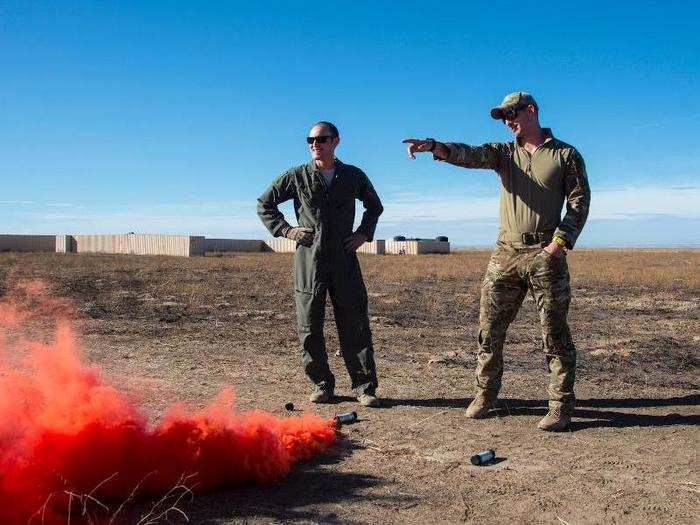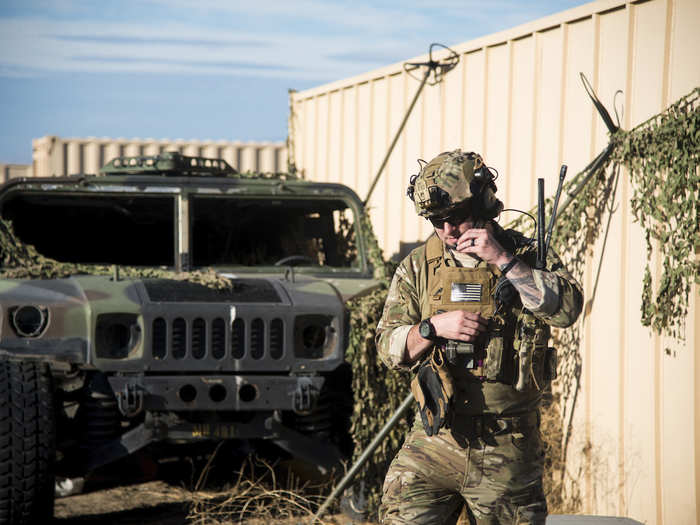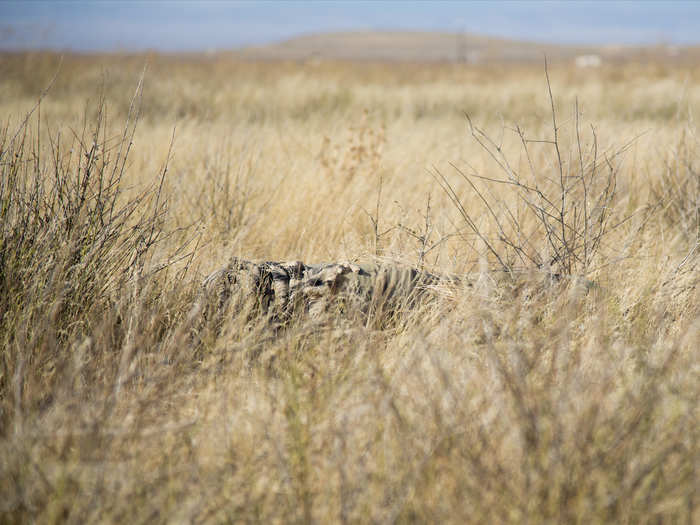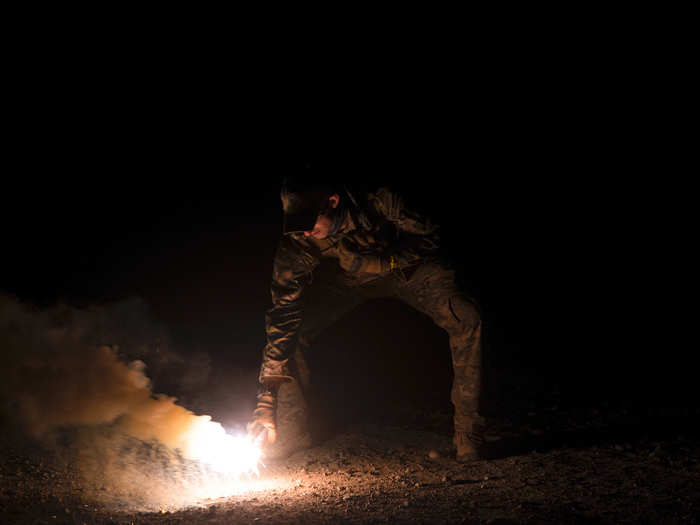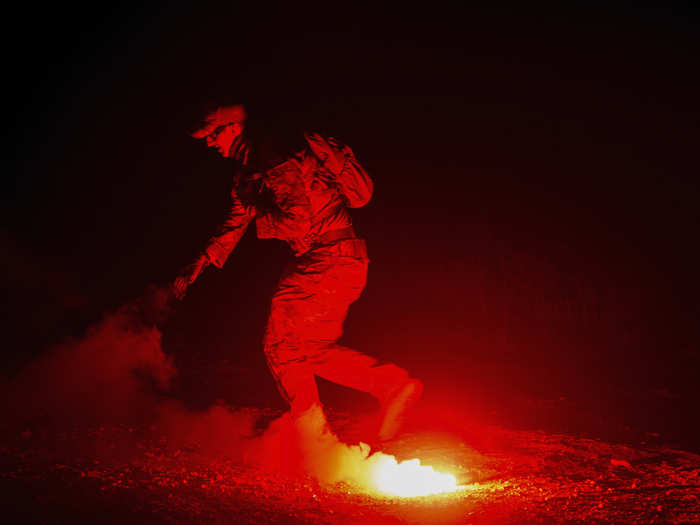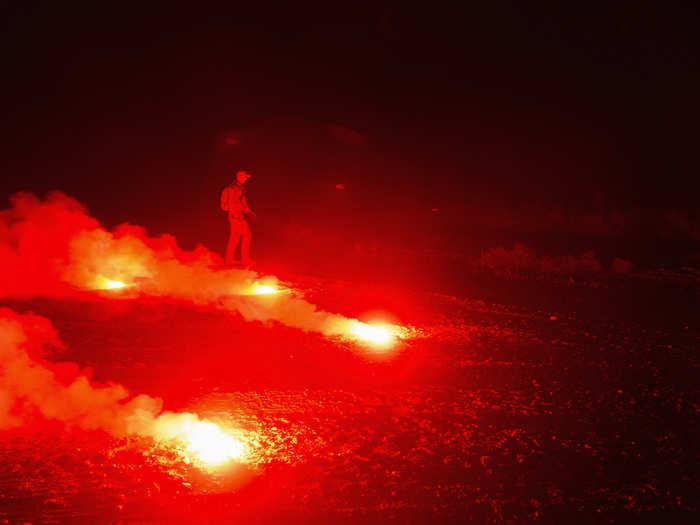Here's how the Air Force trains its pilots to survive, evade, resist, and escape when behind enemy lines
"I joined the Air Force and spent my first three years as an F-15 crew chief," said Tech Sgt. Timothy Emkey, 366th Fighter Wing SERE specialist. "I cross-trained to because I wanted to do something more challenging and outside of the norm."
Popular Right Now
Popular Keywords
Advertisement


